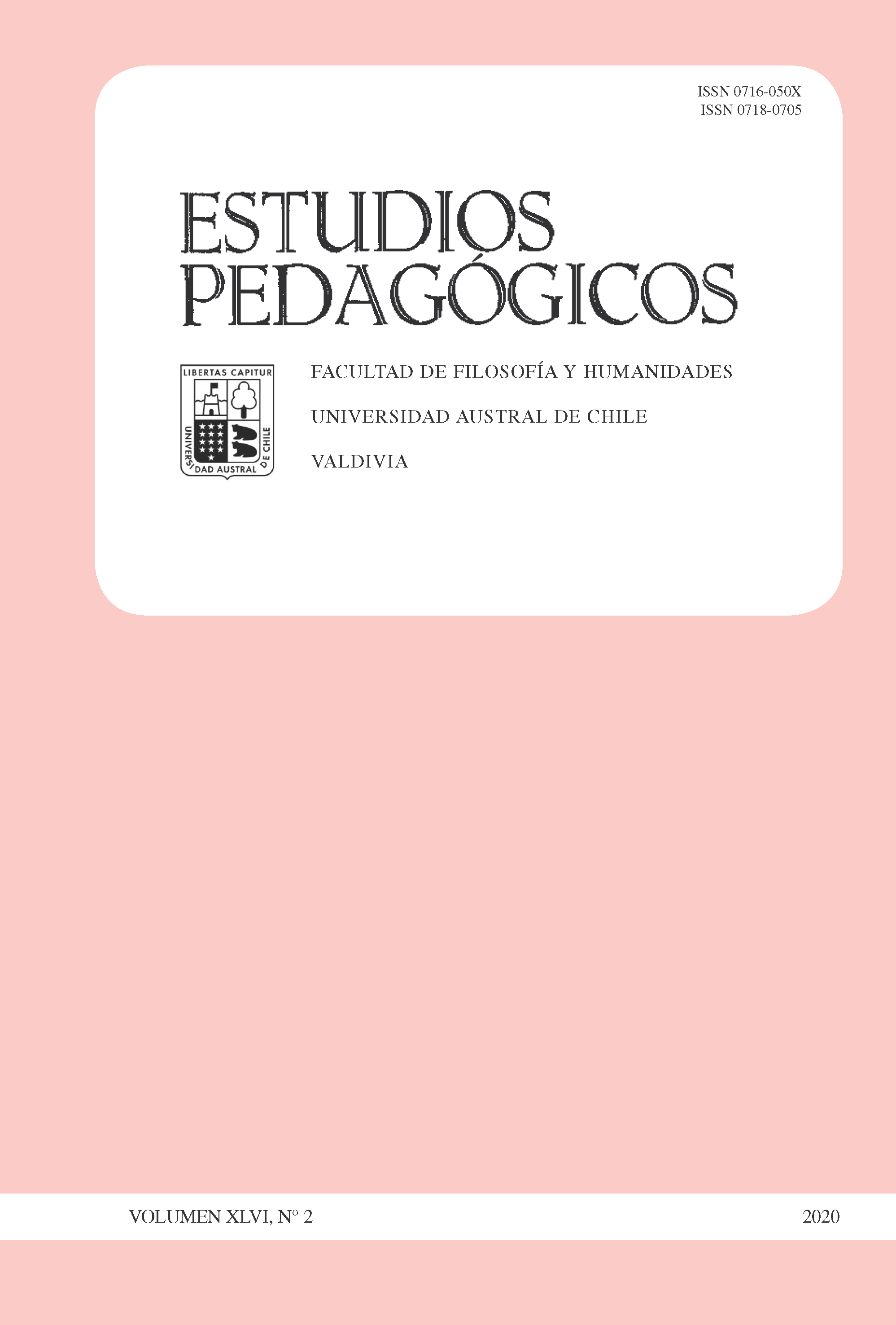Latin American migration in a marginality situation. Camps and education in Antofagasta, 2012-2018
Main Article Content
Abstract
This paper addresses the complexity of the immigration process experienced by Antofagasta Region, particularly, its capital city, Antofagasta, since 2012.
In this sense, the paper focuses on four axes leading to migration visibility with effects on a national basis:
1. The characteristics of human components concerning gender, geographic origin, instructional level, and their insertion in the regional society.
2. The relationship with human rights demanded by international law and the adaptation of national regulations concerning migrants’ rights.
3. Their settlement in Antofagasta city, mainly in camps, thus leading to a housing reality different than low-class neighborhoods.
4. The dimensions for safeguarding migrant children/youth in educational matters and the use of intercultural models in primary and secondary school.

